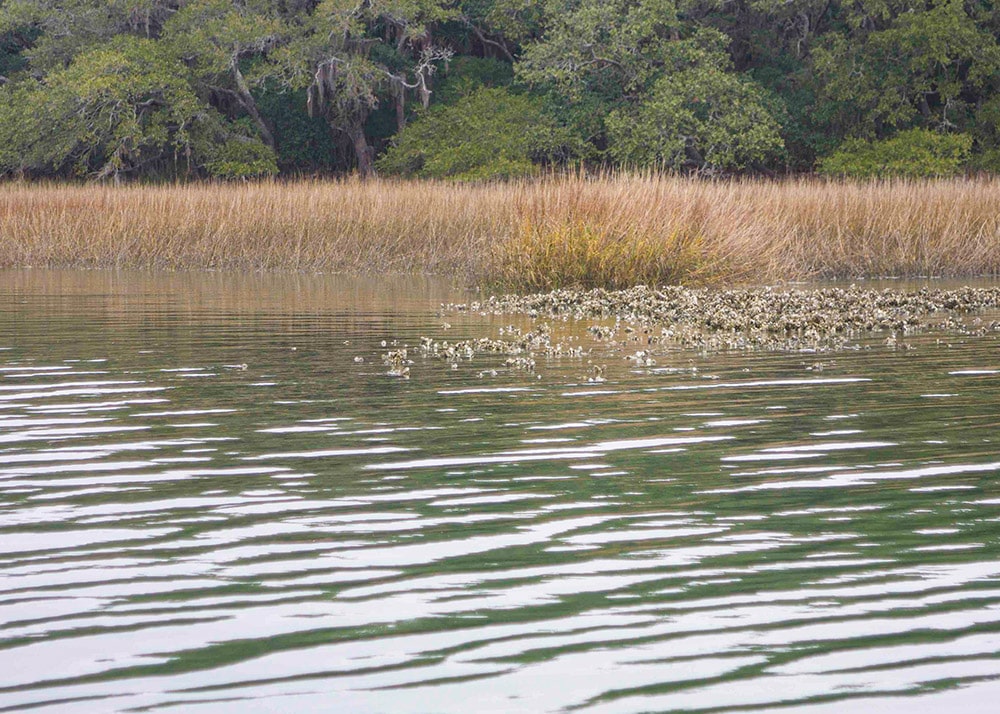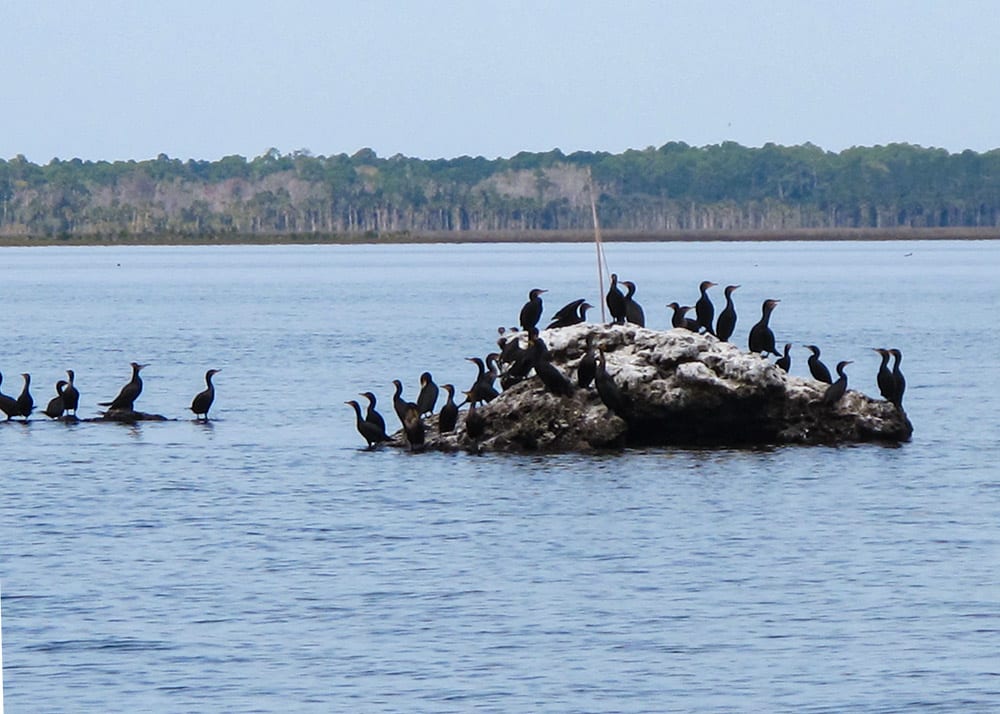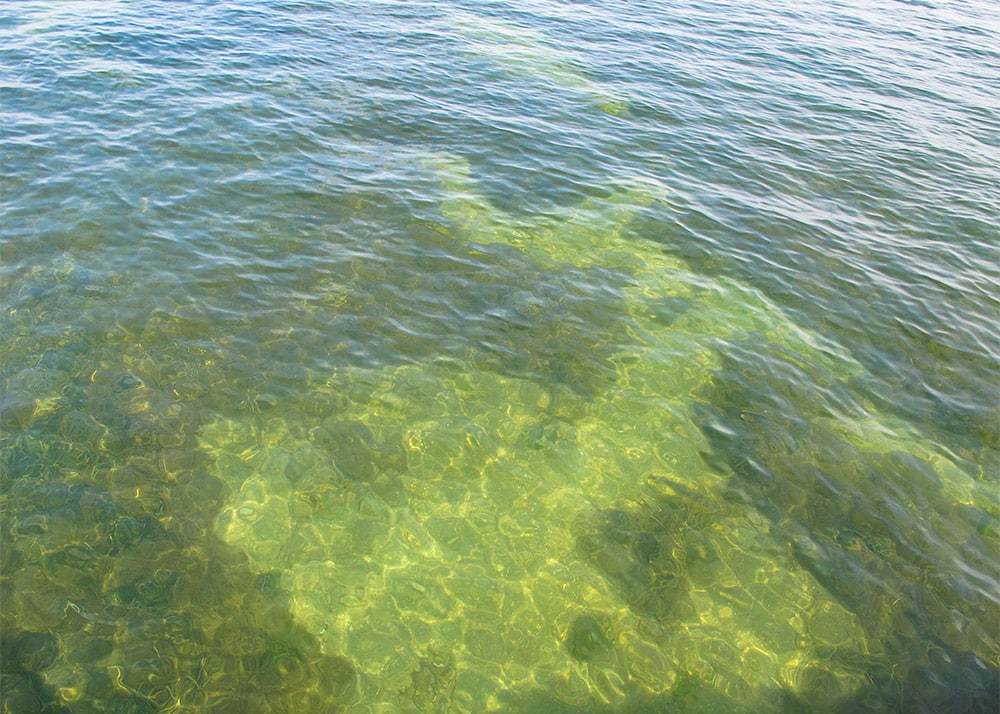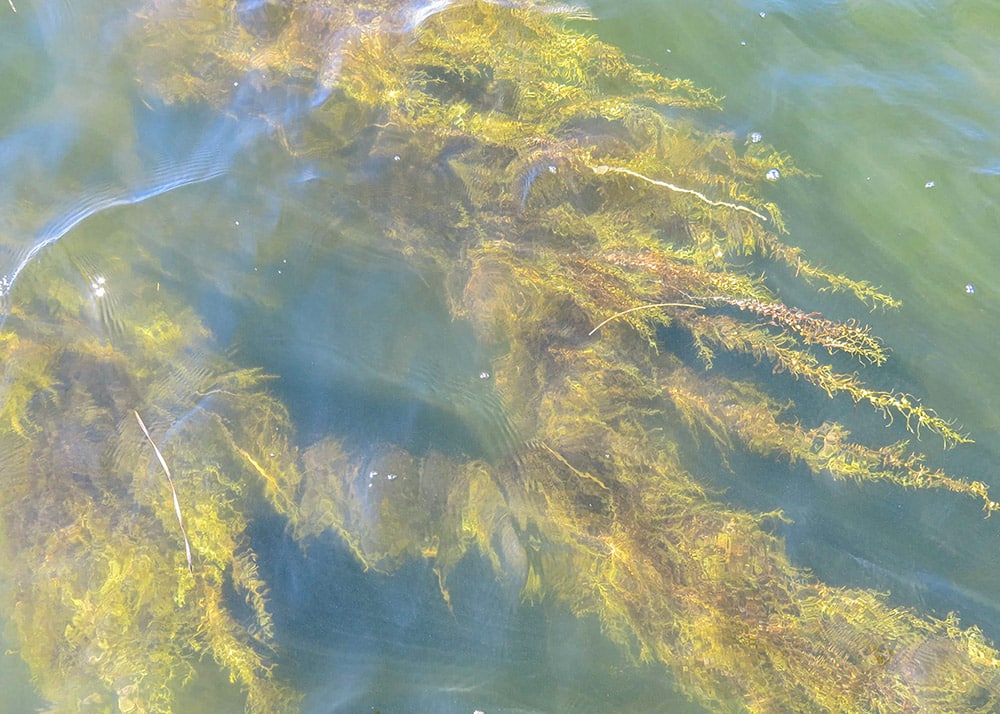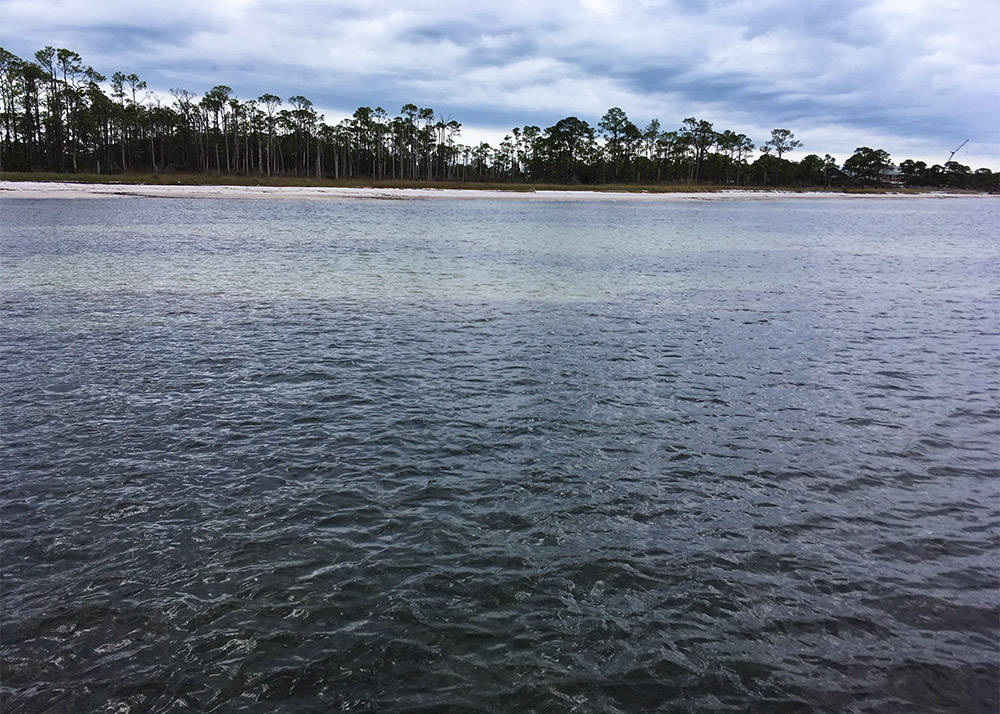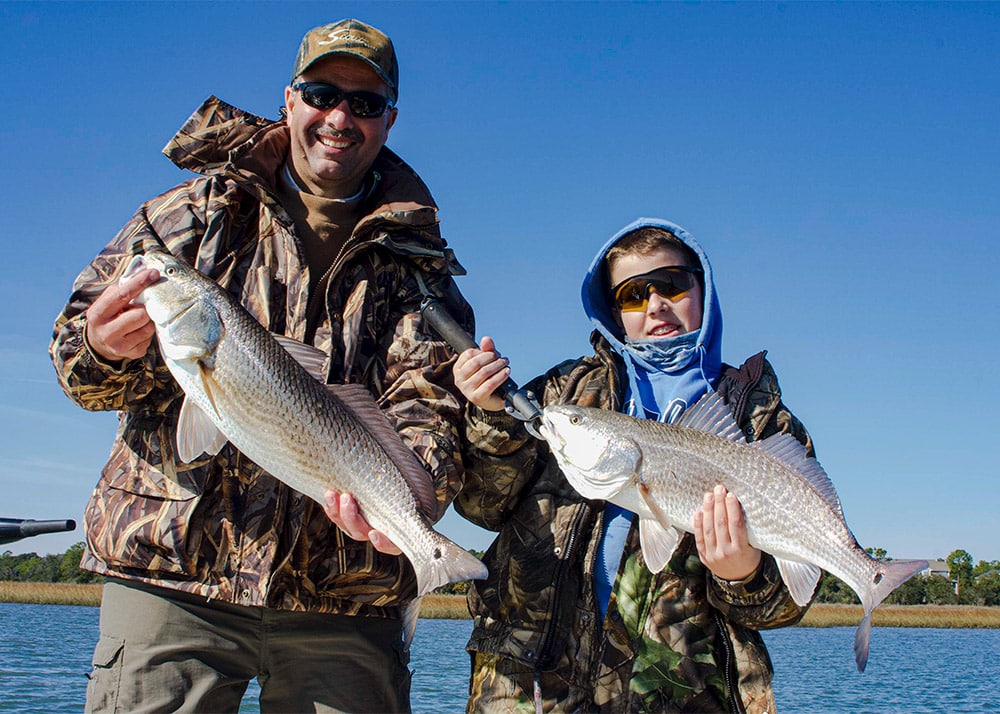
Although the winter months force most inshore anglers north of the Mason-Dixon line to suspend their hobby, other parts of the country remain quite good. Aside from the periodic cold fronts, light tackle enthusiasts from the Carolinas south and across the Gulf can enjoy consistent action with redfish, seatrout, flounder, black drum, snook and other popular game fish. Wintertime negative low tides also offer excellent opportunities for scouting. The lower water levels reveal features and structure that can be added to chart plotter waypoints and targeted throughout the year. Here are some key aspects to focus on:
